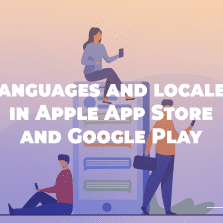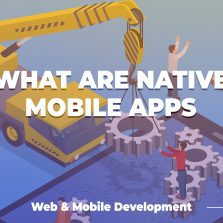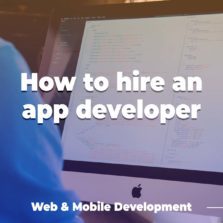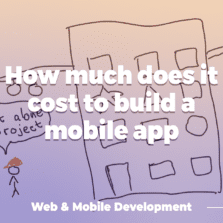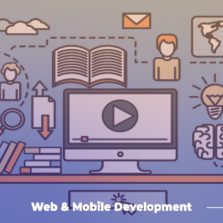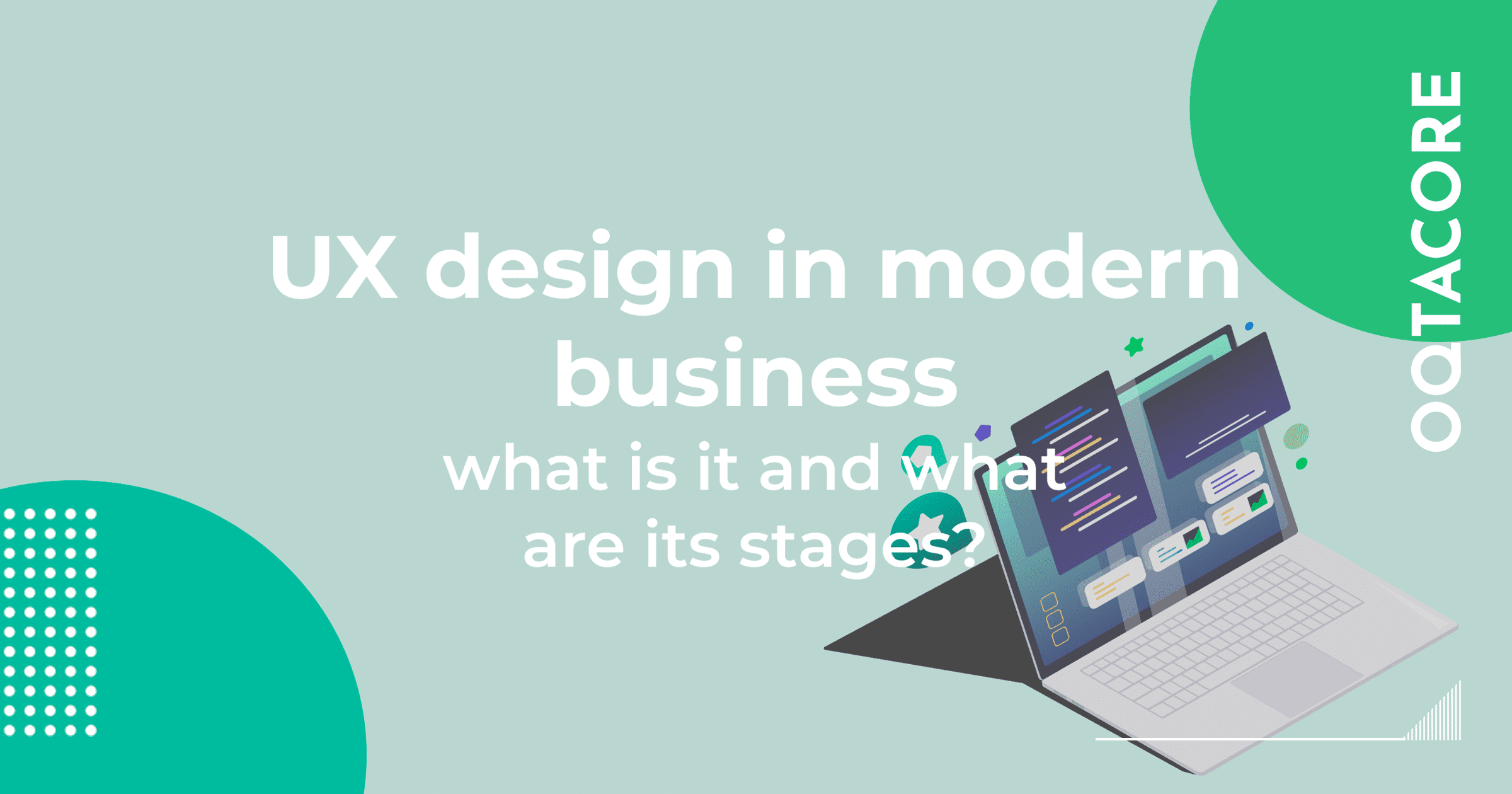

These days, entire teams of UX design specialists, comprising of UX and product designers, researchers and copywriters, are all part of the development team of any digital product. Companies investing in UX save up to 90% of cost in supporting and developing their projects. This means that today’s businesses consider UX a critical part of product development. But why is this the case? What is UX and why do entrepreneurs care about its quality? Let’s start from the beginning.
What is UX?
The term User Experience or UX was first coined by Donald Norman, a cognitive psychologist and former vice president of the Advanced Technology Group at Apple. He included all aspects of human interaction with the system, including graphics, interface, physical interaction with the system itself, and so on. Now, according to the ISO standard, UX is defined as:
“A person’s perceptions and responses resulting from the use and/or anticipated use of a product, system or service.”
In other words, user experience includes all the users’ emotions, beliefs, preferences, physical and psychological responses. These occur during and after the use of the site or app. User experience itself is subjective because each person interacts differently with the product and, accordingly, everyone will experience different emotions. However, the factors that influence UX are objective – they can be measured and changed. They are:
- Utility: functions that users need in the first place; what the site or app offers as a service and how they offer it;
- Usability: ease of use of the site or app;
- Efficiency: how fast can the user get the job done once they are familiar with the interface design.
So, improving these factors is the main target of any UX design process in product development. Let’s now take a look at how the UX process works in business.
UX design stages
This is the process of designing the interface of a website or app from beginning to end. Through UX design, the user experience metrics are changed. Each phase uses different methods and involves different UX job specialties.
Next, we will look at how OQTACORE conducts each phase of the UX design process and what methods we use.
Product Definition
The Product Definition phase itself is not specific alone to the UX design process and is not only applicable to it. However, UX specialists need it in order to understand the context of the product use and to properly design it. At this stage, OQTACORE holds a joint kick-off meeting with the entire product development team, including the UX group. That is, the phase precedes the development process. At the meeting, we discuss product goals, team structure (who will design and develop the product), communication channels (how team members will work together) and customer expectations (for example, KPIs and ways to measure product performance parameters, including UX).
OQTACORE uses the following methods at this phase:
- Stakeholder interviews: we interview our clients to extract information about their business goals;
- Value proposition mapping: we think over the key aspects and value propositions of the product: what it is, who will use it and why they will use it. Value propositions help our teams and clients come to a consensus on what the product will be. We often present the value proposition in the form of a map.
Research
This and the next phase are mostly the work of our UX researchers. Before UX designers move into design, UX researchers collect data about the user, such as needs, behaviors and emotions in using similar products and what the user would like to see in your new product.
OQTACORE uses the following methods at this phase:
- Individual in-depth interviews (IDI): qualitative research method; Our UX team conducts one-on-one interviews with intended product users – they find out users’ expectations of the product, what they would like to see in future functionality and how they imagine using the future product;
- Competitive research: needed to study competitors’ already existing solutions – their strengths and weaknesses in terms of utility, usability and efficiency.
Analysis
Here, the information gathered in the previous phases is summarized and structured – our UX researchers now move from the question “What does the user want?” to “Why does he want it?“.
OQTACORE uses the following methods at this phase:
- User Personas: creating an “ideal profile” of the user. Visualization is built as in the picture below. It includes the user’s problem and goals, background, gender, age, money expenditures, hobbies, and daily routine. OQTACORE typically makes multiple profiles to have a variety of user categories and to facilitate more detailed analysis. Personas are then used by our designers to make it easier for them to imagine who they are designing the interface for and what should be added to it according to the user’s needs.
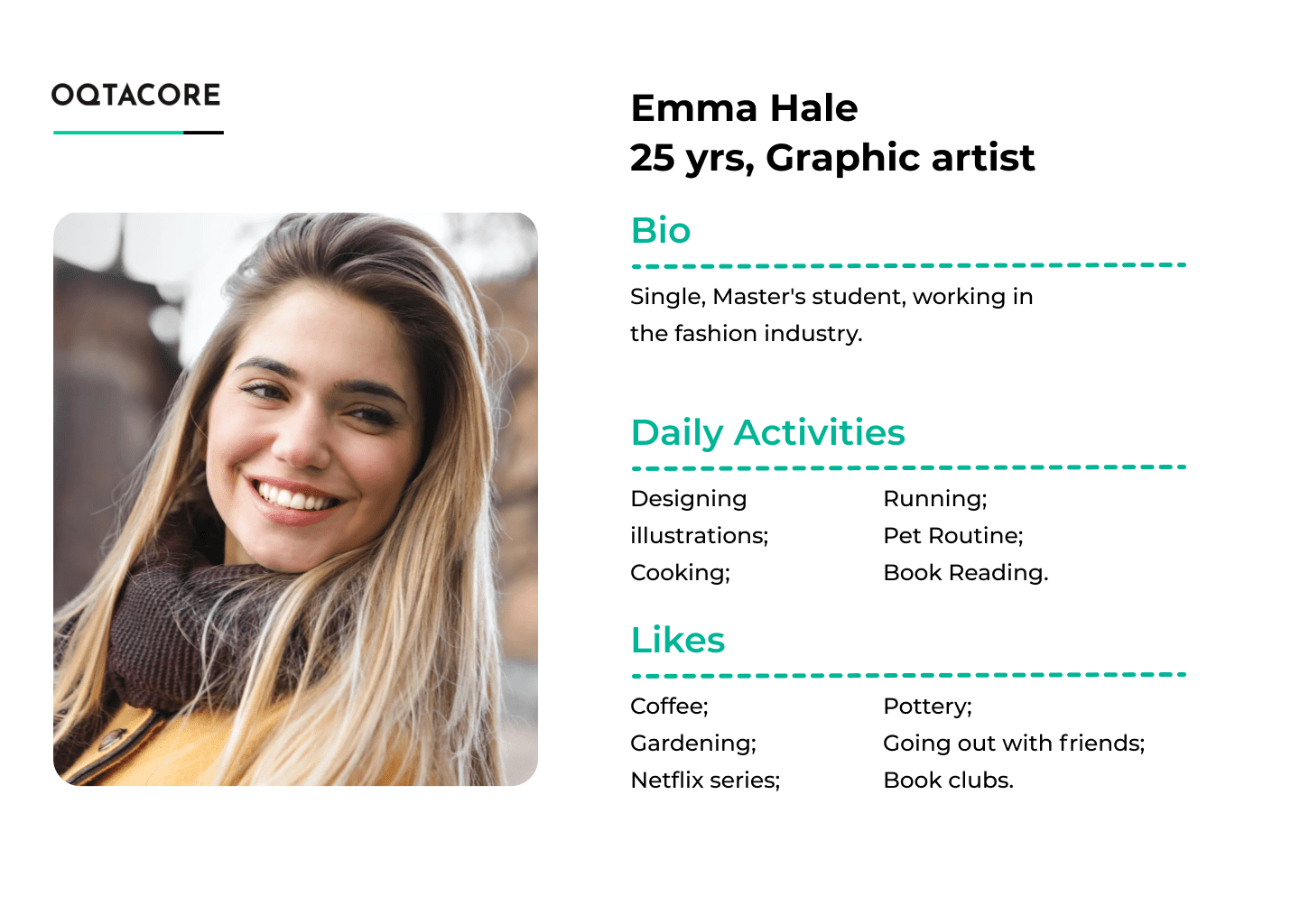

- User Stories: a description of the functions of the site or app in the user’s language; built according to the template: “As a [user] I want to [goal to achieve] so that [motivation]”.
Prototyping
Designing the interface by making a wireframe and prototype. Work at this stage lies entirely on UX designers. OQTACORE doesn’t proceed to this phase without passing through the previous ones. The fact is that without research and analysis, the designer’s work would be based solely on personal experience and assumptions; the goal of his work would then be biased and not consistent with the user’s wishes. By conducting research in the beginning, we save the customer time, money, and resources later on, because we won’t have to come back to correct mistakes.
As Neil Turner, founder of the UX for the Masses, said:
“Good user research is key to designing a great user experience. Designing without good user research is like building a house without solid foundations — your design will soon start to crumble and will eventually fall apart.”
OQTACORE uses the following methods at this phase:
- Creating information architecture: A user who’s overwhelmed by too much information or “lost” while navigating a site, will have a poor impression of such a product. OQTACORE’s UX development team creates an information architecture (IA) to avoid these scenarios. The goal of the information architecture is to structure, label, and organize the content of the website (or app) so that users could find what they need and complete tasks. Through the IA, the UX designer learns about the connections and combinations of all the pages on the site. To create IA, a diagram depicting the structure of the elements of the site is usually made.
- Creating wireframes: A wireframe is a detailed illustration of the entire structure of a site or app page, showing how the elements are arranged; it is often drawn on paper, but detailed ones can also be prepared with the help of special programs (Invision, Draw.io, Wireframe.cc and so on); using a wireframe, you need to show the following:
- Space distribution on the page;
- Location of images and content;
- Content hierarchy and functions.
There are no pre-made color, image, or style combinations on wireframe because their purpose is to help the UX team understand and establish relationships between the various website templates. Templates and order of interaction with them are more important than the aesthetic solution. By focusing primarily on navigation and structure of the site or app, UX designers are less likely to be distracted by visual content, they will focus on designing user behavior.
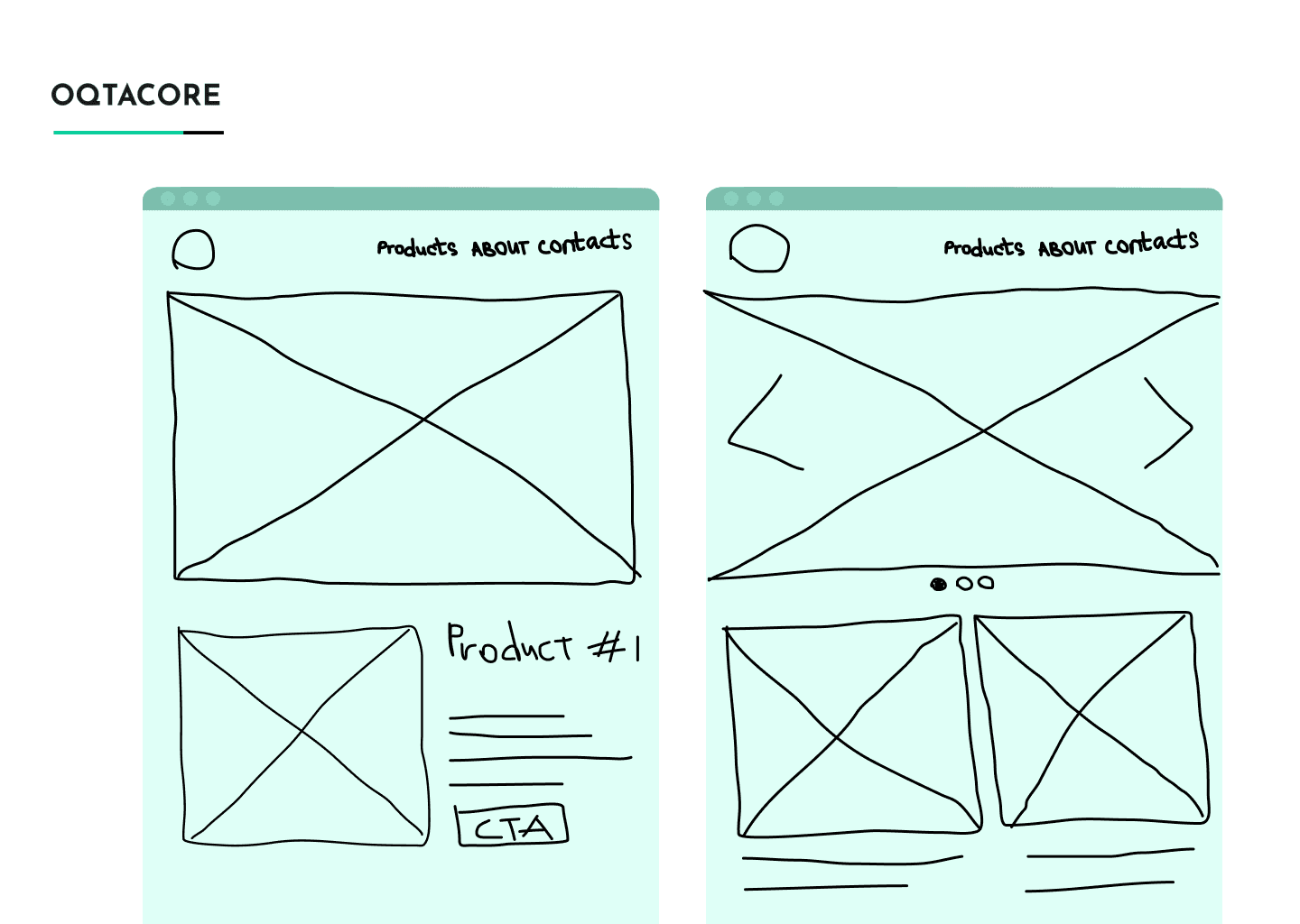

- Creating prototypes: Creating a draft version of a product. While wireframes are mostly about structure and visual hierarchy, prototypes are interactive and contain actual interaction elements.
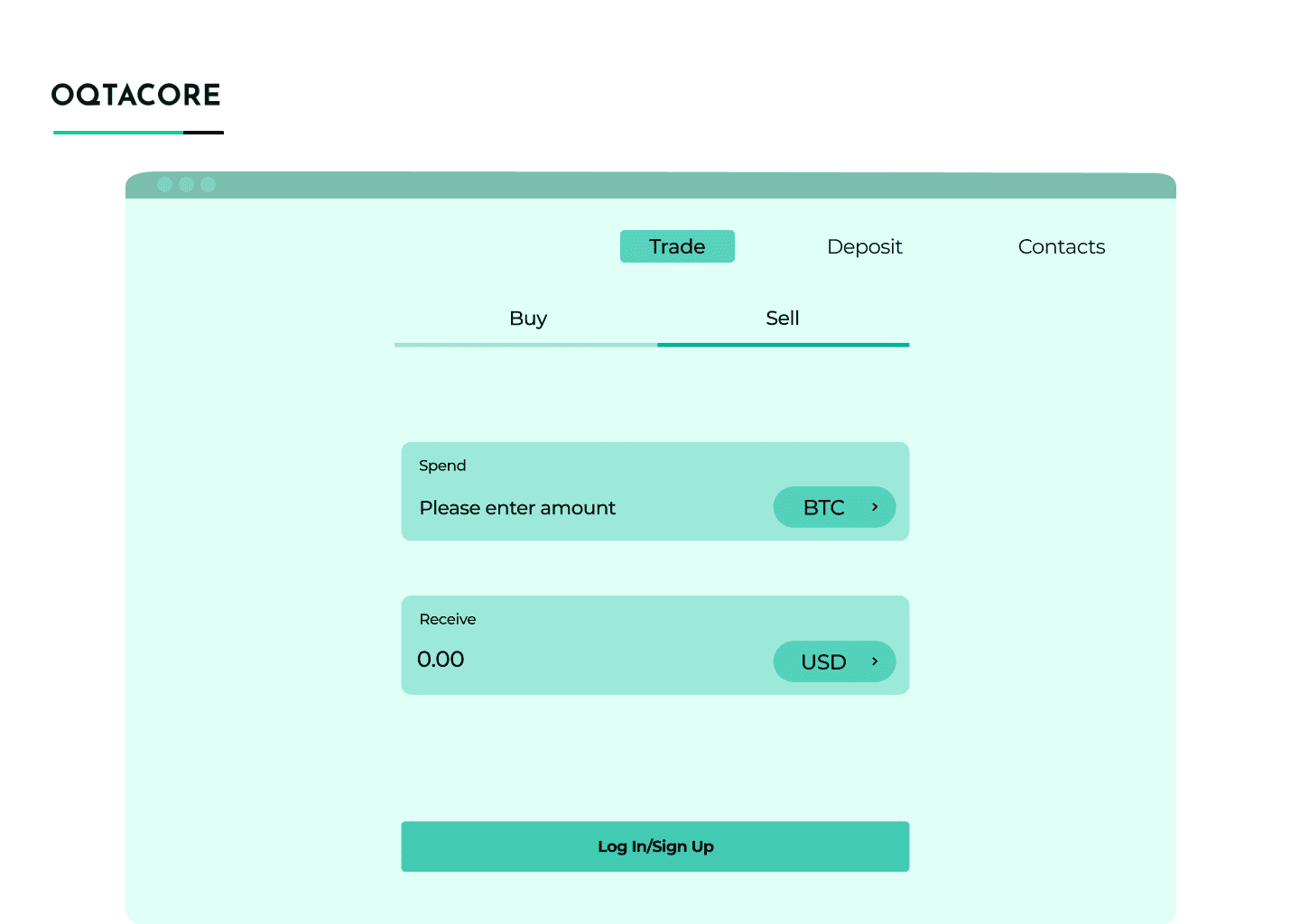

Testing
At this stage, the designer and researcher work as a team. The researcher makes hypotheses and tests them on users. If the hypotheses are confirmed, the functionality and structure of the interface remain unchanged. Otherwise, the designer can always tweak the prototype for another round of research aimed at rectifying interaction problems.
OQTACORE uses usability testing at this stage: the team observes the target audience as they attempt to complete tasks using the product — the way they would do it in real life if the site or app were launched. The goal of usability testing is to identify UX problems and the causes so that they can be fixed.
After all the UX design stages are completed, our UI designers get to work. They focus on visual design – colors and fonts to be used, button animation, page transition design, and generally the aesthetic content of the site or app.
Incorporating all phases of UX design into a product development process provides tangible benefits to the company and increases profitability.
Benefits of having good UX design for your business
- The ROI on UX investments is an impressive 9,900%. And that’s not surprising. During design, all factors that can play a major role in user experience are taken into consideration. Thus, investing in designing the right user interaction fully pays off – every $1 spent in UX brings in $100 in return. When customers use your product, it only takes a few seconds for them to understand if they like it. Therefore, you have a few seconds to gain a customer’s trust and show that your product is user-friendly.
- UX increases revenue. UX research and testing reduces development costs, prevents a large number of interface fixes, and allows you to create a good product faster. Conversion rate and market value largely depends a lot on a user-friendly interface that satisfies customer requirements. Let’s look at a few examples. Bank of America redesigned their registration process, making it more user-centered. Online banking registration increased by 45%. Another example is Anthropologie, a clothing retailer. The company increased sales by 24% after redesigning their online checkout process. And the last example – consulting firm GFK changed the design and location of the “Buy” button on their site. This generated an additional $500 million in revenue per year.
- A good UX is a key to a long-lasting relationship with users. You have to earn the trust of your customers to keep them engaged with you for a long time. A study by Forrester Research found that a positive customer experience increases customers’ willingness to pay by 14.4%, reduces their aversion to switching brands by 15.8%, and raises the likelihood of them recommending the product to others by 16.6%. User experience and customer experience are not much different in this regard because they are about the same thing – customer satisfaction and, at the same time, quality service.
For a long time now, UX as a set of disciplines has been evolving and becoming ever popular in product development. For each business, the UX process will be unique and largely depend on specific business goals. That being said, working out the user experience of a product will definitely improve performance to make your users happy. We hope that this article will help you understand how user experience design works, using OQTACORE’s approach as an example. As you can see, our team is made up of top-notch UX professionals who care about all aspects of user experience.
Read our article on the common pitfalls that most IT startups fall into.

